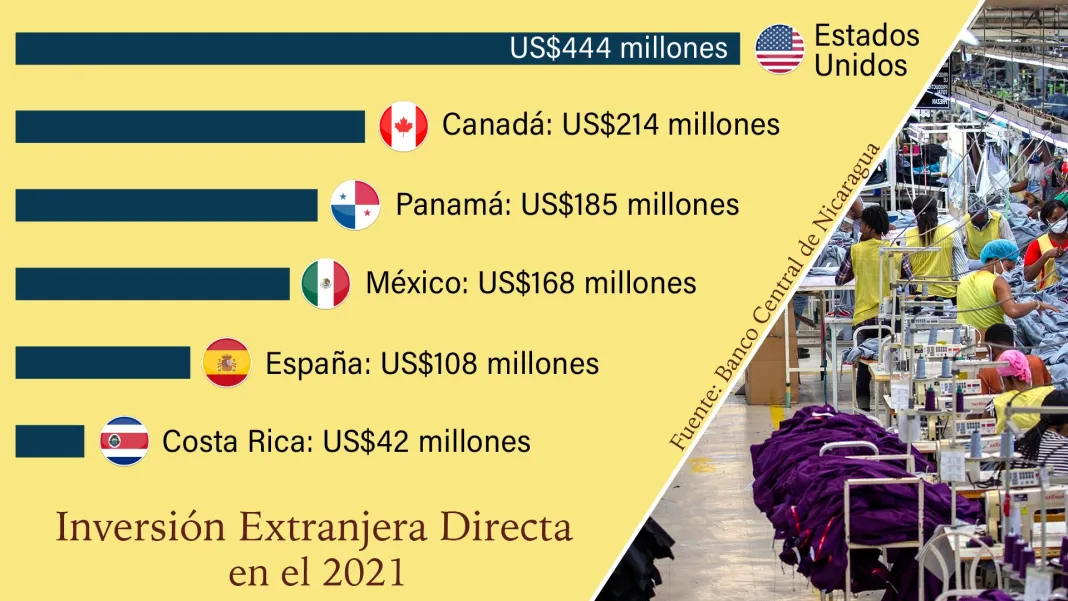California has become the first state to require health insurance to cover home tests for sexually transmitted infections (STIs) such as HIV, chlamydia, and syphilis.
This could help control the STI epidemic that has spread almost uncontrollably, with public health departments focused on the Covid-19 pandemic.
The rule, part of a broader law addressing this epidemic, took effect on January 1 for people with private plans regulated by the state and will be extended later for the millions of low-income Californians enrolled in the state program. Medicaid.
By making testing in the privacy of the home easier and cheaper, the provision could provide better monitoring for these diseases in rural and underserved areas of the state, reduce the stigma patients experience when seeking care, and give them more control. about your health, infectious disease experts say.
“This is the first law of its kind, and I’d say it’s kind of cutting edge,” said Stephanie Arnold Pang, senior director of policy and government relations for the National Coalition of STD Directors. “We want to break down all the barriers for someone to get tested for STIs, and the out-of-pocket cost is a huge factor.”
But being first has its downsides. Because the concept of coverage for home STI tests is so new, the state Medicaid program, Medi-Cal, was unable to set the billing codes it needs to start paying for these tests by January 1.
Federal regulators have also not approved the tests for home use, which could make labs reluctant to process them.
And a state analysis predicts that most in-network healthcare providers won’t begin prescribing home tests for at least a year until they adjust their billing and other details.
However, the situation is urgent and requires action, said State Senator Richard Pan (D-Sacramento), who is a pediatrician and wrote the law.
“In California, we have children who are born with syphilis,” said Pan. “You’d think that disappeared in the Victorian era.”
Even before COVID-19, sexually transmitted infections reached record highs in the country, and in California, for six years in a row, according to a 2019 analysis by the Centers for Disease Control and Prevention (CDC).
The rates of congenital syphilis, which babies contract from their mothers, illustrate the severity of the STI epidemic: Cases increased 279% between 2015 and 2019 nationally and 232% in California. Of the 445 cases of congenital syphilis in California in 2019, 37 died.
The pandemic only made the problem worse because health departments have been overwhelmed by the COVID-19 emergency, and quarantines kept people away from clinics.
In surveys of public health programs across the country since May 2020, the National Coalition of STD Directors found that the majority of respondents, up to 78% in one poll, have derived part of their workforce from STIs for testing and covid monitoring.
A report that accompanied the most recent survey found that some STIs were “completely out of control” due to restricted clinic hours, diversion of resources, shortage of test kits, and staff burnout.
Some home STI tests detect a single disease, but certain kits can collect samples to detect a variety of infections. Depending on the test, patients draw a drop of blood or take a swab from the mouth, vagina, anus, or penis.
Certain tests require patients to submit samples to a laboratory for analysis, while some oral HIV tests provide results at home in a few minutes.

Ivan Beas, a 25-year-old graduate student at UCLA, was tested frequently as part of a two-year research study. When the clinics closed during the pandemic, the researchers sent him a home kit.
The kit, for HIV, hepatitis C, herpes, syphilis, chlamydia, gonorrhea and trichomoniasis, was packaged discreetly and with simple instructions. It took Beas about 10 minutes to prick his finger, swab his mouth, and send the samples to the lab.
Beas said he wanted to continue evaluating himself after the study ended, but the kit he was using retails for $ 289, a cost beyond his reach.
The last time he went to a clinic in person, he said he had to wait two hours for a doctor to see him. Until Medi-Cal begins to cover home tests, she said, she will have to find time to get the free test at a Planned Parenthood clinic.
“If insurance covered it, I would definitely do it more often,” he said.
Under the new California law, state-regulated plans must cover STI testing at home when ordered by a healthcare provider.
Californians with private insurance can take advantage of coverage right away. The amount they will have to pay out-of-pocket for the tests will depend on the type of plan they have, if their provider is in-network, and if they are in a category that the federal government has designated for free screenings.
Medi-Cal patients almost never face out-of-pocket costs, but they will have to wait to receive coverage because the Department of Health Care Services, which administers Medi-Cal, is working with the American Medical Association and the federal government to generate the codes. billing. The reimbursement rates for those codes will need federal approval.
The state does not know how long that process will take, according to Anthony Cava, a spokesman for the department.
The rule does not apply to the millions of Californians whose work-based health insurance plans are regulated by the federal government.
Other states and organizations have experimented with home STI testing. The Alabama and District of Columbia departments of public health send free kits to residents who request them, but no jurisdiction requires insurance coverage.
The National Coalition of STD Directors is sending free kits to people through the Philadelphia Health Departments; Iowa; Virginia; Indiana; Puerto Rico; and Navajo County, Arizona. The list of recipients is expected to grow this month.
Iwantthekit.org, a project of Johns Hopkins University, has been sending free kits to Maryland residents since 2004, and Alaska residents since 2011. The program is funded by grants and works with local health departments.
Charlotte Gaydos, a co-founder of the project, said requests for kits during the pandemic nearly tripled, and that it would expand to all states if it could bill insurance in the manner required by California law.
The tests fall into a gray regulatory area. While they have been approved by the Food and Drug Administration (FDA), none have been licensed for use in the home. Patients are supposed to collect their own samples at a health facility, and some labs may not analyze them.
Public health officials mentioned other potential challenges: By not getting tested in clinics, patients may not have the same access to counseling, treatment, or referrals to other services, such as food banks. And, while they are supposed to report their test results to health authorities, some people do not.

Vlad Carrillo, 31, experienced this firsthand. She used to get tests at a San Francisco clinic, where she could get counseling and other services. But Carrillo lost his apartment during the pandemic and moved about seven hours to Bishop.
“Being away from the city, it took me a whole year to figure out how to get tested, ” Carrillo said.
Carrillo eventually received the kit in the mail, avoiding the stigma of going to the clinic in Bishop, which is “more focused on heterosexual things,” like preventing pregnancy. Without the test, Carrillo would not be able to receive PrEP, a drug to prevent HIV.



















































































